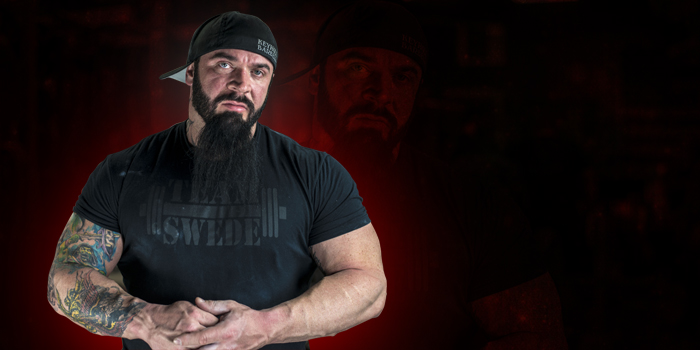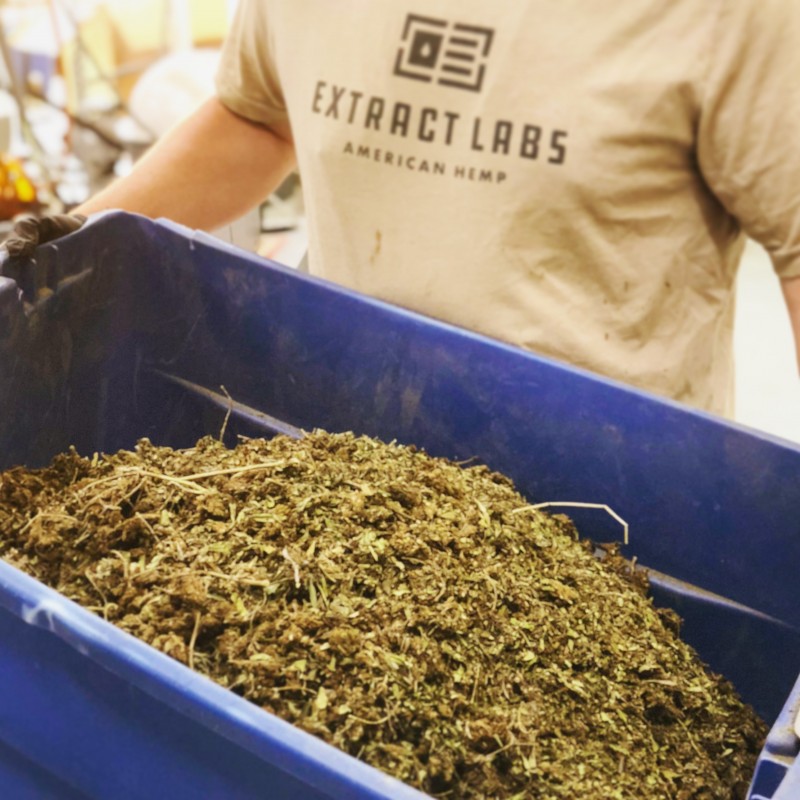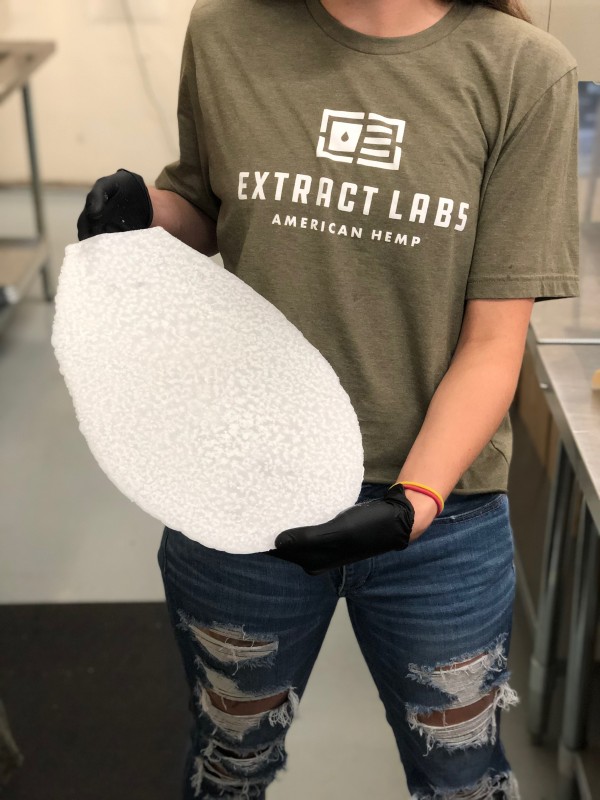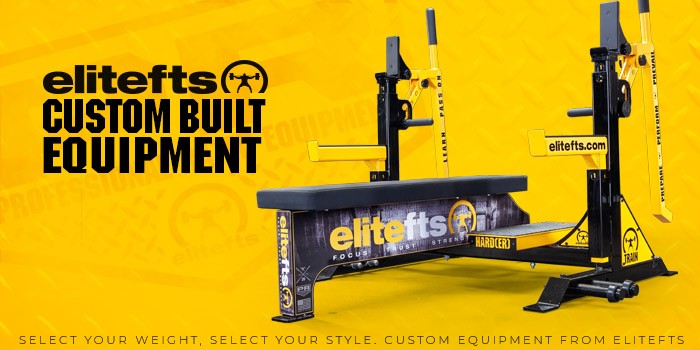
In the previous installment in this series, I touched on the current state of my own mangled body, my goals moving forward, the obstacles I’m currently facing, as well as my plan of action to deal with them. The short version is: I’m training for some meets, I have a ton of chronic injuries that limit the way I’m able to train for those meets, and, until recently, I was desperate to find a sustainable means to mitigate the pain I was in as a result of those things. So, I began to research and experiment with Cannabidiol as an alternative to NSAIDs, like ibuprofen, which I’d been forced to resort to in the past.
You should definitely go back and read that article [here], if you have not already done so.
As promised, in this installment I will talk a little bit about what I learned from my tour of the Extract Labs facility, from my research of the available scientific data and my thoughts on “why,” “when” and “how” for Cannabidiol, as I understand it.
First of all, the tour Logan gave me was a real eye opener. I had no idea the current level of sophistication involved in the processing of cannabis. Extract Labs is serious business: an actual large-scale laboratory to the tune of 14,000 square feet of mostly work stations and chemistry equipment.
For a brief overview of what CBD actually is, I’ll touch on a few key points, here. It looks like there are eighty five chemical substances, commonly referred to as “cannabinoids,” present in the cannabis plant. CBD accounts for approximately 40% of the total extract available, making it the second most plentiful compound, behind the far more well known THC, which is intoxicating and illegal in most states.
This is a major point of confusion for the general public, for a number of reasons. Some people have reached out and expressed fear regarding failing a drug test from using CBD products, since Cannabidiol comes from the same plant as THC. However, when dealing with any reputable company that employs third party testing of each batch of their products, these concerns seem to be entirely unfounded.
The importance of the point mentioned above, about having the results of third party testing of the products available to customers, cannot be overstated. During my research I came across a study published by JAMA in 2017 which found almost 70% of the CBD products they purchased and tested did not meet label claims for dosing within a reasonable margin. Some hardly contained any CBD at all. And worse, some contained unacceptable amounts THC, enough to actually cause a consumer to unwittingly fail a drug screen. I will touch on this again in my recommendations, later.
One of the people concerned about the THC issue hit me with a whole line of questioning about the process of separating the CBD from the other chemicals extracted from cannabis plants, if it involved filters, how reliable it was— so on and so on. Quite frankly, I wasn’t sure what to tell them at first. I’m someone who prefers to be clear on the facts before forming opinions. As a result, I did more research, on my own, and consulted the experts I am so fortunate to have at my disposal.
To give you a clear picture of how this works, we need to touch on some very surface chemistry. I’ll keep this as simple as possible, but no simpler.
Cannabidiol is a polar molecule. That just means the distribution of electrons between the covalently bonded atoms of the molecule are different and the shape is asymmetrical. This causes it to exhibit a charge imbalance. A more commonly discussed polar molecule you are probably familiar with and learned about in high school is: H2O, or water.
One of the coolest things I learned during my tour of Extract Labs was the way they force CBD to crash out of an extract solution, into its purest form, by a process which exposes that solution to extreme non-polar conditions. This leaves us with a giant white crystalline chunk of CBD, which is 99% pure, after being purged of any solvent. Pretty amazing, I have to tell you. I can’t imagine how smaller companies are able to pull that off in their basement labs, but I am sure they do their best.
I mentioned earlier I would expound on the “why,” when it comes to the idea of using CBD as a novel anti-inflammatory supplement. Let me touch more on that now.
Cannabinoids have been tested and shown, in several scientific experimental models, to induce multiple anti-inflammatory pathways. So we know there is a logical basis present for how this could be working so well— and it seems to support the many impressive anecdotes. While there doesn’t seem to be any scientific consensus regarding the efficacy of Cannabidiol when compared to the various NSAIDs available over the counter, I can tell you it blows them out of the water in my own experience. My baseline levels of pain have dropped from nearly unmanageable to nearly non-existent since I’ve started using it at an effective dose. I’ll get to my recommendations for what that dose looks like in just a bit. First, let’s look a little more closely at how this compound seems to work.
The cannabinoid receptors CB1 and CB2, though they are still not very well understood, are an important part of the endocannabinoid system and are thought to be involved in regulation of appetite, immune system function and pain management. This makes sense, knowing how much CBD has helped me with my own pain, as well as so many others. In a study involving a rat model, CBD was shown to reduce the hypersensitivity to pain caused by damage to peripheral nerves in pathological conditions like neuropathy.
However a follow-up study demonstrated the effect of CBD on at least this type of pain is likely to be independent of the cannabinoid system, altogether. It doesn’t seem to be mediated by CB1 or CB2, but rather TRPV1, a different type of receptor which serves as a molecular integrator for various types of sensory input (like pain). So, even aside from the possibility that various problems with constant inflammatory influence (even various types of cancer) could be dampened or mitigated by supplementing with this stuff: it looks like there are a host of other potential benefits, right down to the way we perceive certain types of pain.
In other words, it looks like CBD not only addresses the causes of some types of pain, but also the way the pain itself manifests. And most importantly— the safety profile is already well established in a number of ways, like the literature review I mentioned in the first article noted.
Based on anecdotes I’ve collected from various lifters who use the extract, as well as my own experimentation, effective dosing for pain management seems to fall somewhere between thirty and one hundred milligrams at a time, and can be taken as needed.
When used orally, CBD begins to take effect thirty to ninety minutes after ingestion and seems to work for four hours or more. I’ve done very well with twice daily dosing between sixty and one hundred milligrams. It’s worth mentioning that I am two hundred seventy pounds. It seems like someone suffering with pain related to inflammation should start with around thirty milligrams and adjust upward, if needed, using the lowest dose that seems to be effective for them.
So, in review:
- The safety profile of CBD is well established in a number of ways.
- CBD seems to address the causes of some types of inflammation, as well as the way pain itself manifests.
- CBD should only be purchased from companies who employ third party testing, for each batch, and have the results of that testing readily available to consumers.
- When administered orally, CBD begins to take effect within 30 to 90 minutes.
- For pain management, a single dose of CBD seems to remain effective for at least four hours.
- Effective dosing for pain management seems to fall between 30 and 100mg.
In the third and final installment of this series, I will provide an in-depth report of my experience using CBD as a novel anti-inflammatory for three consecutive months.
Please feel free to share this article on your social media and reach out with any questions or concerns you’d like to see addressed in my conclusion.













Thanks for the info.
Have you had experience between using topical preparations vs oral? I'm curious to see which is more effective for targeted relief such as joints etc.
Thank you